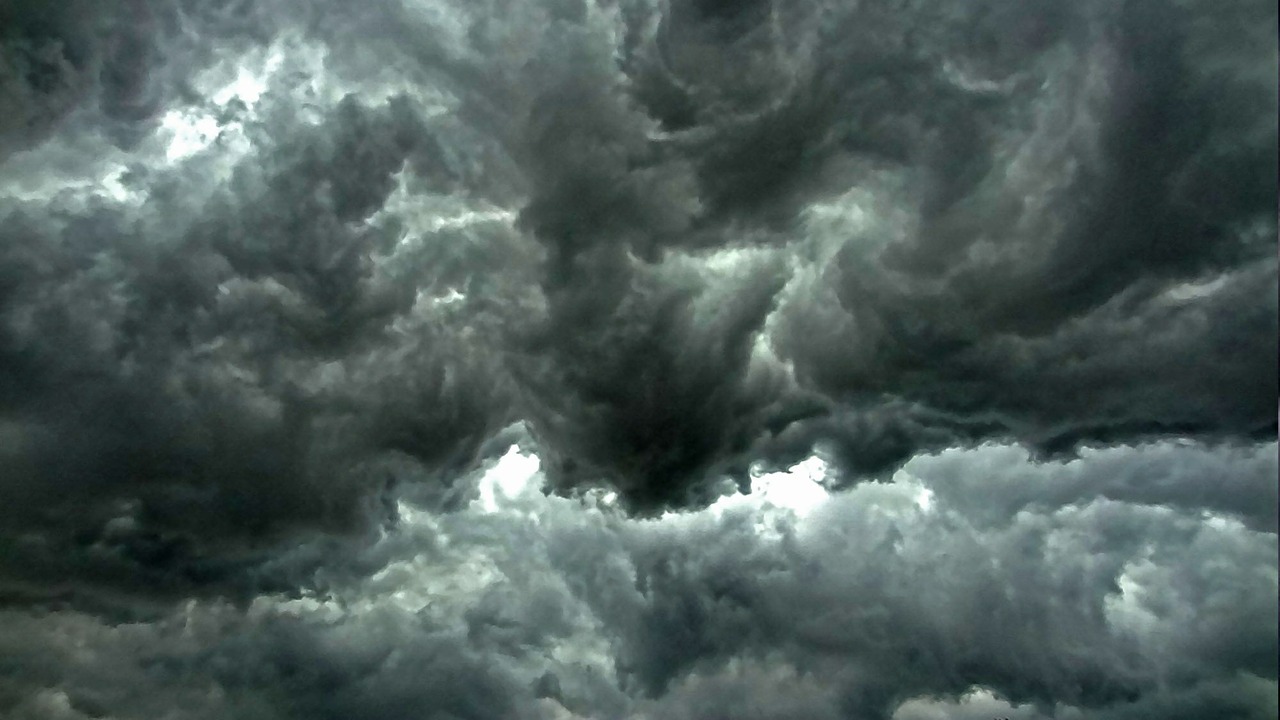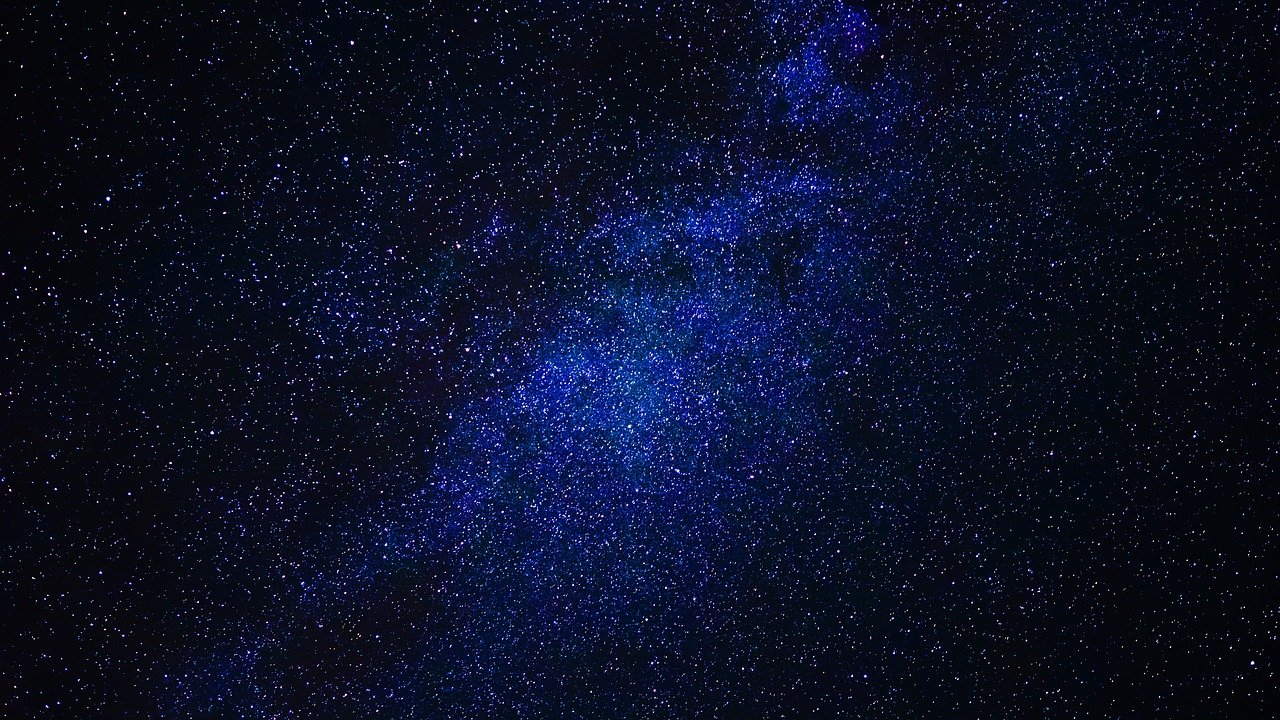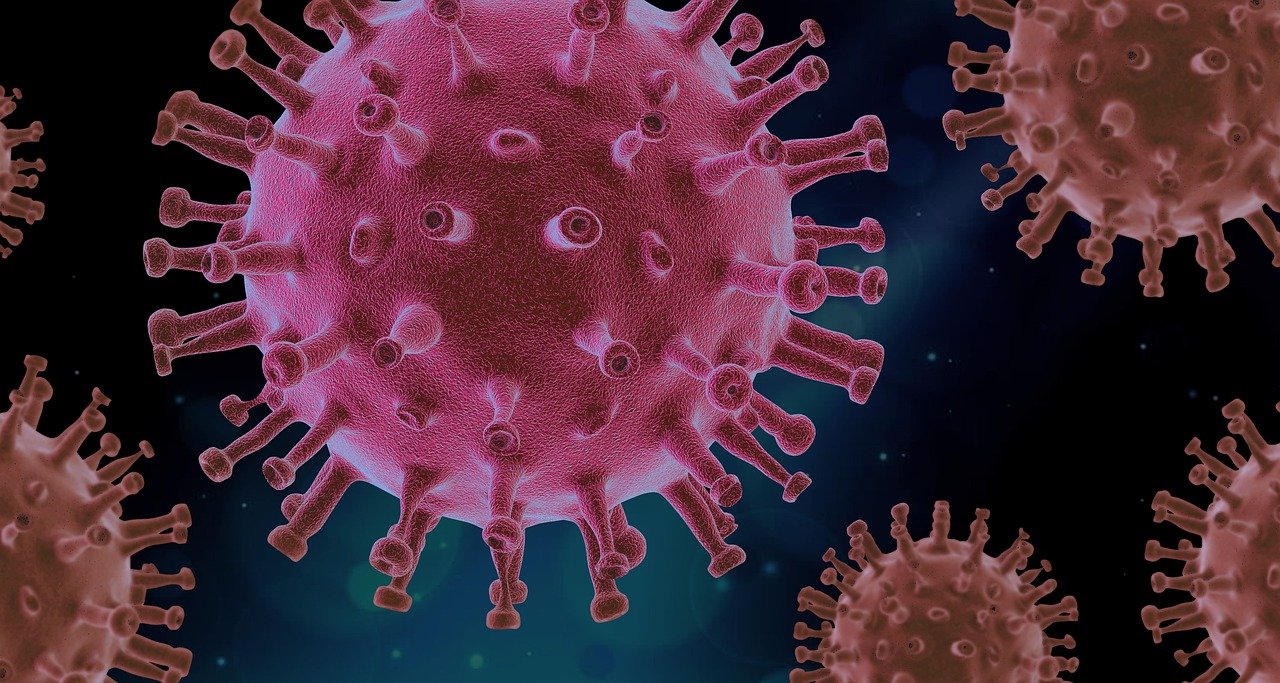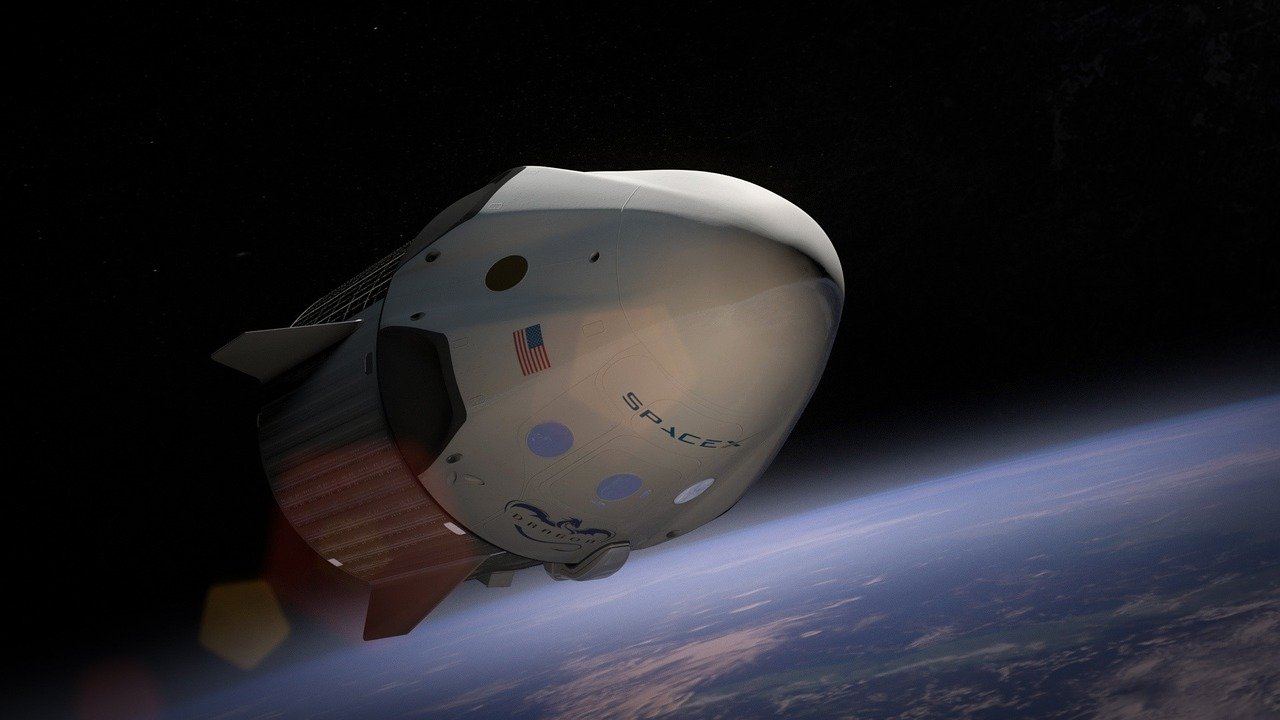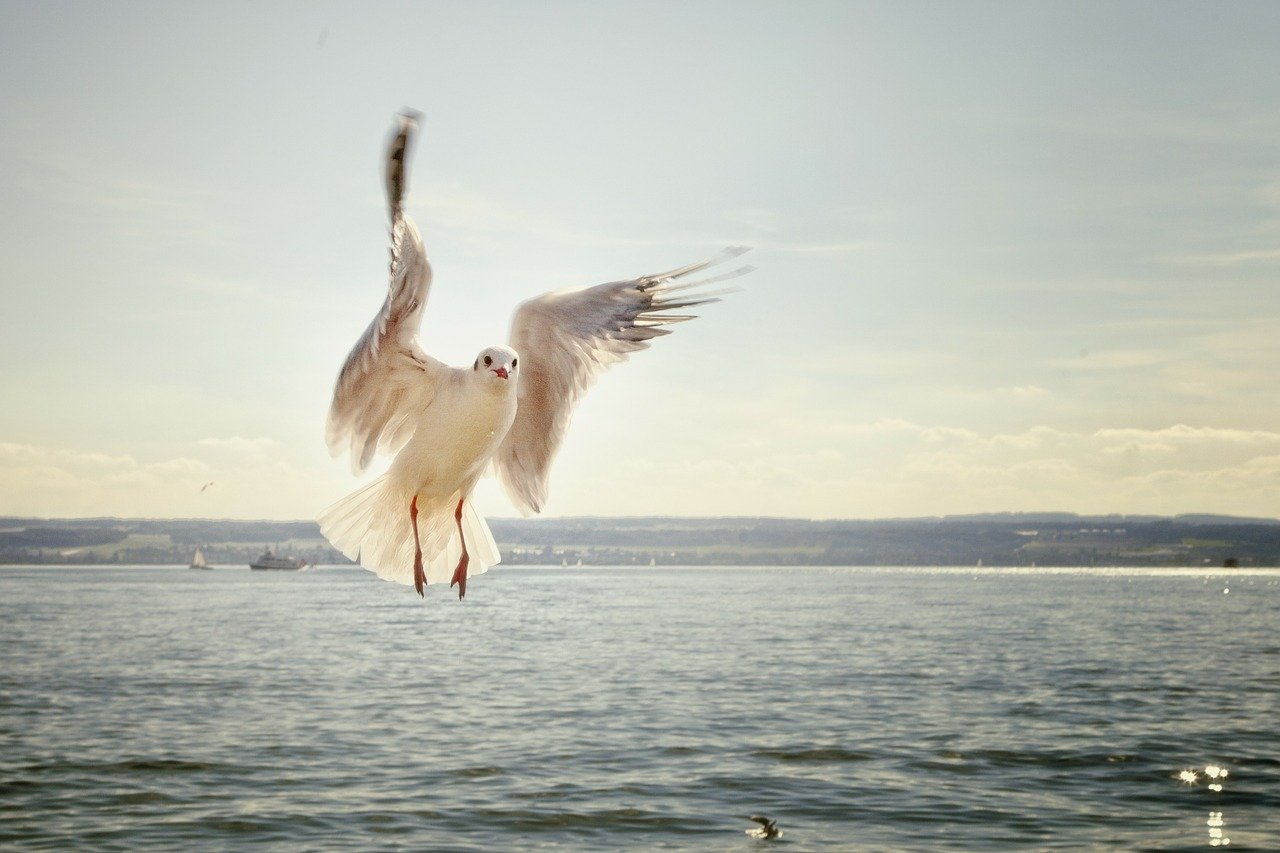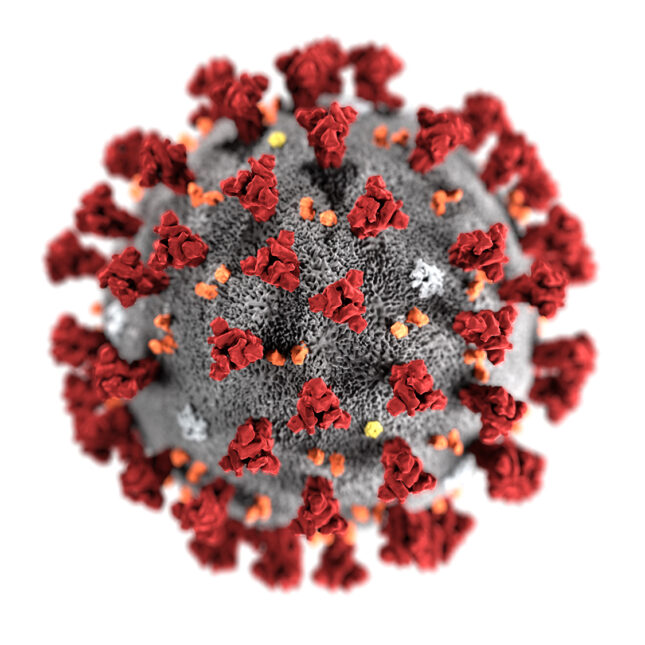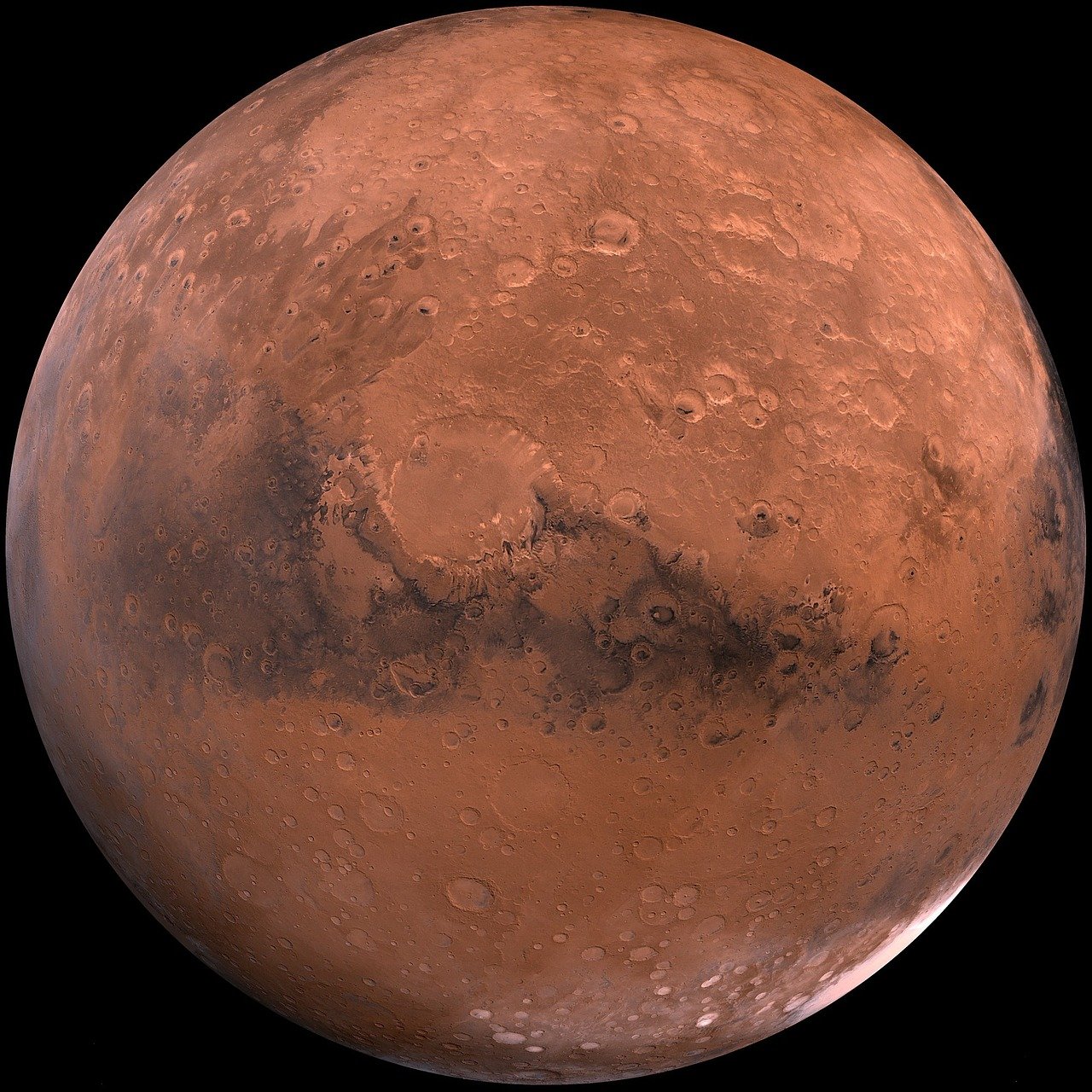Joe Biden will be sworn in as the next president of the United States on the 20th January 2021. What can we expect of this new administration? I’m thinking that Biden will model his policies on those of Obama while adding some more socialism to the brew. I’m expecting an increase in race-based policies; not the Jim Crow laws of the Democrats of the past, most likely a set of un-Jim Crow laws to appease their guilt for their past crimes. I’m also looking to the land of my birth, Scotland for a few clues.
Scotland is almost a one party state nowadays. Using it as a guide I’m expecting policy declarations that seek to replace fossil fuels with wind, wave and solar power, including a ban on fracking. I’m expecting that, as recently passed in Scotland, a parent spanking a child for disciplinary purposes will now be chargeable with assault and battery. As in today’s Scotland female sanitary products will be provided free by the government. I don’t know if the recipient will have to claim or prove they are female to benefit.
I also anticipate the adoption in the USA of Scotland’s hate-speech law which allows for third party indictments. In this law a person claiming to have been offended by the speech of a second party can result in that party’s indictment plus the indictment of any third party that the victim claims to have provided inspiration for the hate speech. In this way politicians or people out of favor of the ruling class can be accused of inspiring hate speech and be prosecuted for it. Don’t claim that the US Constitution protects free speech, as a nation we set our constitution aside as the law a long time since.
I do not expect that Joe Biden will serve a full term. I expect that he will step down on ‘medical grounds’ and be replaced by Kamala Harris. From then on I expect to witness the full extent of raging socialism and insider dealings, with mass unemployment, rising inflation and the replacement of the US dollar as the world’s reserve currency. Meanwhile the US ruling class will make out like bandits speculating on carbon futures. Oh Joy!
My Welcome to Texas
I moved to Texas from Virginia in 2000 after getting a job with a large defense contractor in Austin. The Texas I found in Austin and its suburbs was radically different than my expectations. Having been born and raised in Scotland the only thing I knew about Texas came from cowboy movies. I expected semi-desert scrubland with cactus everywhere and no shortage of tumbleweed. What I found was a hilly, green oasis filled with smart and friendly people dedicated to complying with the mission to keep Austin weird. In hindsight I do wish that my uneducated vision for Austin had prevailed because since the truth of this place became widely known we have been deluged by folks coming to live and work here, and that makes the traffic a nightmare.
The other characteristic of Texas that had escaped my cowboy movie education of the place was its biblical weather. I quickly came to understand that everything is bigger in Texas, particularly the distances, but I missed the lesson about the weather being bigger too. Austin is over 200 miles from the Gulf of Mexico where hurricanes frequently come ashore. With my Scottish upbringing I assumed that 200+ miles was far enough away from a hurricane to be safe. After all, Scotland is only 275 miles from north to south at its longest and only 150 miles wide at its widest. Not so I found out.
It was late in 2001, after the 9/11 terrorist attacks, so as a defense contractor we were busy. Outside our office building the weather was stormy with flashing lightning and peals of thunder but I was paying no particular attention to it. All of a sudden we were interrupted in our work and told to evacuate to the parking lot under our building; there was a risk of a tornado touching down in our immediate vicinity. I later found out that although tornados were rare in the Austin area, they did occur especially on the backend of a tropical storm in the Gulf making landfall between Corpus Christi and the Mexican border at Brownwood. This was the case on this day.
I obediently stood in our semi-underground parking lot watching the deluge, the streams of rainwater flowing across the concrete, and the flashes and bangs of the storm. It was very dark so if a tornado was coming we wouldn’t see it before it hit. Fortunately the tornado didn’t arrive although there were many reports of tornados on the ground all along the I35 corridor south and north of Austin.
It was close to quitting time when we all traipsed back to work but the recommendation was to stay put until the storm had abated and the danger passed. I kept working on something until about 7:30 when I was advised that it might be an opportune time to head home. I took the advice and headed out after calling home to tell my wife that I was on the way. She informed me of the TV news’s list of road closures and flooding and we agreed that I she would keep me updated via my mobile phone. This seemed like a good plan to me. Since the road reports had most of the main highways either flooded or traffic jammed I decided to take my usual backroad route around the airport and across country. What could possibly go wrong?
The car I was driving at that time was a Mazda Miata MX5; a small two seat convertible with a fabric roof. My  first feeling of dread came when I noticed that the road was not so much wet but riverine. I had not realized just how much rain was falling; it was a biblical deluge. The roads were flooded and depending on how they sloped, one side or the other might be a foot deep or more. In my little car with its low profile I was trying to negotiate around the deeper sections. Did I mention before that everything is bigger in Texas? Well, of particular note is the size of Texas vehicles; particularly pickups and SUVs. Since these are high off the ground and since their drivers like a challenge I was continually being passed by them in the other lane as they headed for the deeper spots to play in the rain and to create large waves that almost flooded my little car. The experience was verging on the terrifying but I pressed on since there was no good place to pull over and my wife’s reports told me that my alternate routes were impassable.
first feeling of dread came when I noticed that the road was not so much wet but riverine. I had not realized just how much rain was falling; it was a biblical deluge. The roads were flooded and depending on how they sloped, one side or the other might be a foot deep or more. In my little car with its low profile I was trying to negotiate around the deeper sections. Did I mention before that everything is bigger in Texas? Well, of particular note is the size of Texas vehicles; particularly pickups and SUVs. Since these are high off the ground and since their drivers like a challenge I was continually being passed by them in the other lane as they headed for the deeper spots to play in the rain and to create large waves that almost flooded my little car. The experience was verging on the terrifying but I pressed on since there was no good place to pull over and my wife’s reports told me that my alternate routes were impassable.
During all this time the storm continued its wrath. It was pitch black, the headlights were mostly useless and vision was only obtained during the frequent lightning flashes. Despite all this my wee car was doing good. As I made progress along my chosen route the other traffic faded away. Now I was on a two lane backroad with only a few miles to go. I came to a familiar fork in the road; go right along my usual route or go left along one I was less familiar with. I knew the route on the left was a lot less hilly while my normal route involved a downhill section before a sharp left turn alongside a mostly dry streambed. I went right.
As I was going slowly downhill through the darkness and deluge I became more and more concerned. I had the idea of turning around bit there was no place to do it. I was wary of reversing since I could see less behind me than in front. My quandary was suddenly taken away from me when the windshield turned brown and the engine stopped as I realized I had run into a big puddle splashing dirty water on the front of the car. I was wrong. My foot was on the brake, my other foot on the clutch (it was a 5-speed stick shift) but I was still moving. I pressed the brake harder and pulled on the parking brake; I was still moving. I turned the steering wheel from left to right with no effect on my direction of travel. As I was trying to figure out what was going on I came to the realization that not only was I moving but accelerating rather quickly. I was in the middle of a river that had not been there this morning when I came by this way on the way to work and I was heading into a torrent filled with trees and surrounded by ranchland.
What to do? I tried to recall and lessons I had heard about what to do when your car gets submerged under water. Here’s what I did. I immediately released the seatbelt so that it would not trap me in the car. I opened both windows; they were electric but still working properly. As I realized that I was unlikely to escape through the driver’s window because of its small size, I released the roof canopy. I was now captain of a Mazda boat in the middle of the river with no control of where it was going to go. As I contemplated jumping out to try to catch a tree the car did the catching for me. It seems that I had left the steering turned all the way to the left which left my right wheel sticking out like the barb on a fishhook. It caught a sapling and we spun around and stopped sailing. Now the car was facing into the stream which must have been flowing at least 30 miles per hour. The water formed a wave up and over the windshield as I stood with one leg on each seat searching for my mobile phone. No phone could be found. Next I realized that the leather bomber jacket I was wearing had filled with water between the lining and the leather; it was dragging me backwards and trying to drown me. I managed to extricate myself from it and tossed it away. Now I was standing in this maelstrom in my Dockers and a short sleeved shirt. I was freezing and worse yet, the water level was rising.
I finished up standing on the top of the doors, hanging on to the sapling that the car was hooked to. I was now shoulder high in water. As I looked around to orient myself I saw in the distance the flashing blue lights of some police cars. I yelled ‘help’ as loud as I could into the riot of noise being made by the rushing water. As I did so I heard a voice faintly telling me to shut up and that nobody would hear me. I managed to locate the source of this sound; there was a guy half way up a tree about twenty feet in front of me. He was high enough to be mostly out of the water and his tree was at least nine inches thick. As I looked at my sapling, judging its thickness as two inches at most, I fell into a rage of tree envy. How unfair was it that I was stuck with a thin sapling while my rude companion had a proper tree to hold on to.
AS the water started to level out and even drop a little I became more aware of all the debris racing down at me on the torrent. Much of it started by coming straight at me before turning off to my right and whizzing past on the stream. There were all sorts of tree branches and the like that I braced myself from. Then as I looked far upriver I saw a brown truck heading for me. This was beyond reasonable, this was so unfair. Here I was stuck in the middle of a raging flood, about to be drowned, and now I’m going to be run down by a speeding truck driving down the stream; how ironic. Suddenly as I braced for impact the truck swerved to the right , turned upside down, and disappeared into the depths. I was saved, at least for a bit. I found out later that the truck driver escaped out of the passenger door window as the truck went underwater. He was swept away but managed to grab a tree branch and haul himself up the tree to await rescue.
By this time there was quite a collection of rescue vehicles visible on a nearby road. There was also two rescue divers with headlights in the river at the far bank. They were restrained with ropes, one near the guy in the good tree and one further downstream. The upstream diver started to throw a rope at the guy in the tree and he made what I considered to be pathetic efforts to catch it. I suppose I was still wracked with tree envy. As the rope was recovered and thrown again I was getting more and more frustrated at the unsuccessful efforts. Then it happened. On this throw of the rope the tree guy leaned a little further out to catch at and the tree fell flat into the stream with him on it. He scrambled and splashed and caught the rope and then was washed away still clinging to it. As he washed downstream the rope swung him closer to the far bank where the downstream diver dived on top of him and both were washed away out of my sight.
I was now alone with little chance of them being able to throw at rope to me. It was then that I saw the fire service’s ladder truck extend its ladder across the stream. As the ladder came closer I noticed a person on the end of the ladder who was yelling at me. With the noise of the raging current it was impossible to hear him clearly. I had been imagining that the ladder would reach me and I would walk or crawl across it like it was a bridge. The ladder stopped extending and started to retract. I was more than a bit pissed. Then I heard a helicopter. Was that one of the words he had yelled at me? It could be. Sure enough a helicopter appeared above me with a bright spotlight illuminating my surrounding; trees, power lines etc. As I was wondering where it would land to collect me the light went out and off it went. I was now really pissed.
I then heard the helicopter spool up again and in the distance it appeared from behind a row of homes.  Hanging from the helicopter there was a long white rope with someone dangling from the end. The helicopter was soon over me again, this time dipping the rescue swimmer into the torrent like bait on a fishing line. Within moments he joined me in the Miata. Although yelling in my ear I found it difficult to make out what he was saying. I finally figured that he was asking me what we were standing on, was there anybody else with me and were my legs free of the car. I answered him by sticking my head through the rescue strap, cinching up the slider and yelling that it was time to get the #### out of here. Off we went way high in the air and spinning all the way. I had my eyes closed for most of this trip since when I had opened them for a quick look I got suitably terrified.
Hanging from the helicopter there was a long white rope with someone dangling from the end. The helicopter was soon over me again, this time dipping the rescue swimmer into the torrent like bait on a fishing line. Within moments he joined me in the Miata. Although yelling in my ear I found it difficult to make out what he was saying. I finally figured that he was asking me what we were standing on, was there anybody else with me and were my legs free of the car. I answered him by sticking my head through the rescue strap, cinching up the slider and yelling that it was time to get the #### out of here. Off we went way high in the air and spinning all the way. I had my eyes closed for most of this trip since when I had opened them for a quick look I got suitably terrified.
I had been mostly in control of my emotions until we touched down when I pretty much collapsed. They carried/helped my into an ambulance where I divested myself of my soaked and muddy clothes and got wrapped up in one of those yellow rescue blankets. The guy from the tree was already there and was bitching about how long he had to wait for me. Surly bugger. We were soon joined by the guy from the brown truck. Although we were offered a ride to hospital for a health check we managed to negotiate a ride home in a police car.
When I got home some three hours after I was expected I had to ring the doorbell since my garage door opener was still in the car. My wife opened the door to me in a blanket with a pile of dripping clothes in my arms and asked me where I had been in a somewhat miffed tone. I gave her the highlights of my journey and headed for the shower where I found the worst of my story. It turns out that among the debris floating on the surface of the river there were rafts of fire ants who take a dim view of being flooded. They tend to grab onto the nearest thing that keeps them out of the water, if human, they take out their rage on them by doing what fire ants do. I was stung all over but mostly in my crotch area. It was the final ignominy of the whole experience.
PS: I was on the TV news that night looking much like a catfish being plucked out of a stock pond.
Dark Sky
I am and have always been an unapologetic scientist. Worse than that, I’m a hard scientist, a physicist. No soft ‘science’ for me. What’s more, I’m not a person of faith. I’m not a believer that a sentient being created the universe as a playpen for humans. I also do not believe that such a being exists, or cares in any way about the evolution of the universe or of humankind. I am therefore an atheist, albeit with a lowercase ‘a’ rather than being a member of the American Atheist religion, for religion it is.
Before going further a discussion of my perception of faith. To me faith is a belief in an ontology absent proof. I also believe that faith is strongest when proof is not sought or expected. It seems to me that those who claim faith but keep searching for proof or justification of their faith are in the process of weakening their faith in that search. To me it seems that those who claim a faith should quit looking for proof that they are right and others are wrong. Perhaps in this way we can have a few less wars in the world and a lot more harmony.
Having said all that, what does a scientist like me understand of the origin and evolution of the universe and why do I care; why should you care? What you believe and how you believe it is up to you but science is a bit different. In science belief is limited to what can be proved to be true without ambiguity particularly if that belief provides an explanation or prediction of what could not be explained or be seen before. Scientific beliefs are tested against observations and experiment. If they fail to pass muster they are rejected, replaced or modified to better fit reality.
Within the framework of science there exists an intertwined philosophy that requires that science provide an explanation for both how things work and why things work that way. This is the reason that Newton’s laws of gravity are superseded by Einstein’s General Relativity. Even though Newton’s laws are adequate for most purposes they do not explain why gravity works the way it does.
To see how science works let’s start with a simple observation with profound implications. Imagine primitive man looking up at the sky at night wondering why it is dark. Today we notice the same thing but most of us just take it for granted that it should get dark at night. If asked, most people will say it’s because the sun drops below the horizon and does not rise again until dawn. While this observation is undoubtedly true it is completely wrong in explaining the dark sky and obscures a profound finding about the universe that cannot be discovered unless one puts aside complacency and thinks more deeply about this question.

From the Greek philosophers onward many observed that an infinite static universe containing an infinite number of stars is incompatible with a dark night sky. This conflict is described as the “dark night sky paradox” or more commonly “Olbers Paradox” after Heinrich Olbers (1758 – 1840) who wrote about it in 1823. https://en.wikipedia.org/wiki/Olbers%27_paradox. Put simply, if the universe is infinite in time and place with an infinite number of stars then wherever you look at the sky you would be looking at the surface of a star. This would be like looking at the surface of the sun everywhere you looked.
Even the primitive humanoid staring at the night sky noticed that it wasn’t as bright as the sun. The question arises why this is so. There have been many suggested ideas why the sky is dark and not bright at night but fundamentally the only theory that works well is that the universe is expanding. In this model of the universe the whole of our existence started at a moment in time when the universe came into an explosive being; a Big Bang. Since then the universe has expanded with stars, galaxies planets and us coming into being as it did so. As a result the universe has a finite age, about 13.8 billion years, with space expanding at a rate that increases with distance from the observer; Hubble’s parameter . The consequence of this model of the universe is that the sky will be dark at night because of the finite number of stars, finite speed of light and the expansion of the space between us and distant stars.
We can therefore see that science sometimes provides profound findings about the nature of reality from the most basic observations; the night sky is dark leads us to the Big Bang model of the universe. Today we can observe the remnants of the fireball of the Big Bang , the Cosmic Microwave Background (CMB), that occurred about 380,000 years after the Big Bang. As we observe this background of microwave radiation we are able to find clues about how the Big Bang happened and how our universe will develop into its old age. Sometimes the universe is even stranger than our imaginings.

